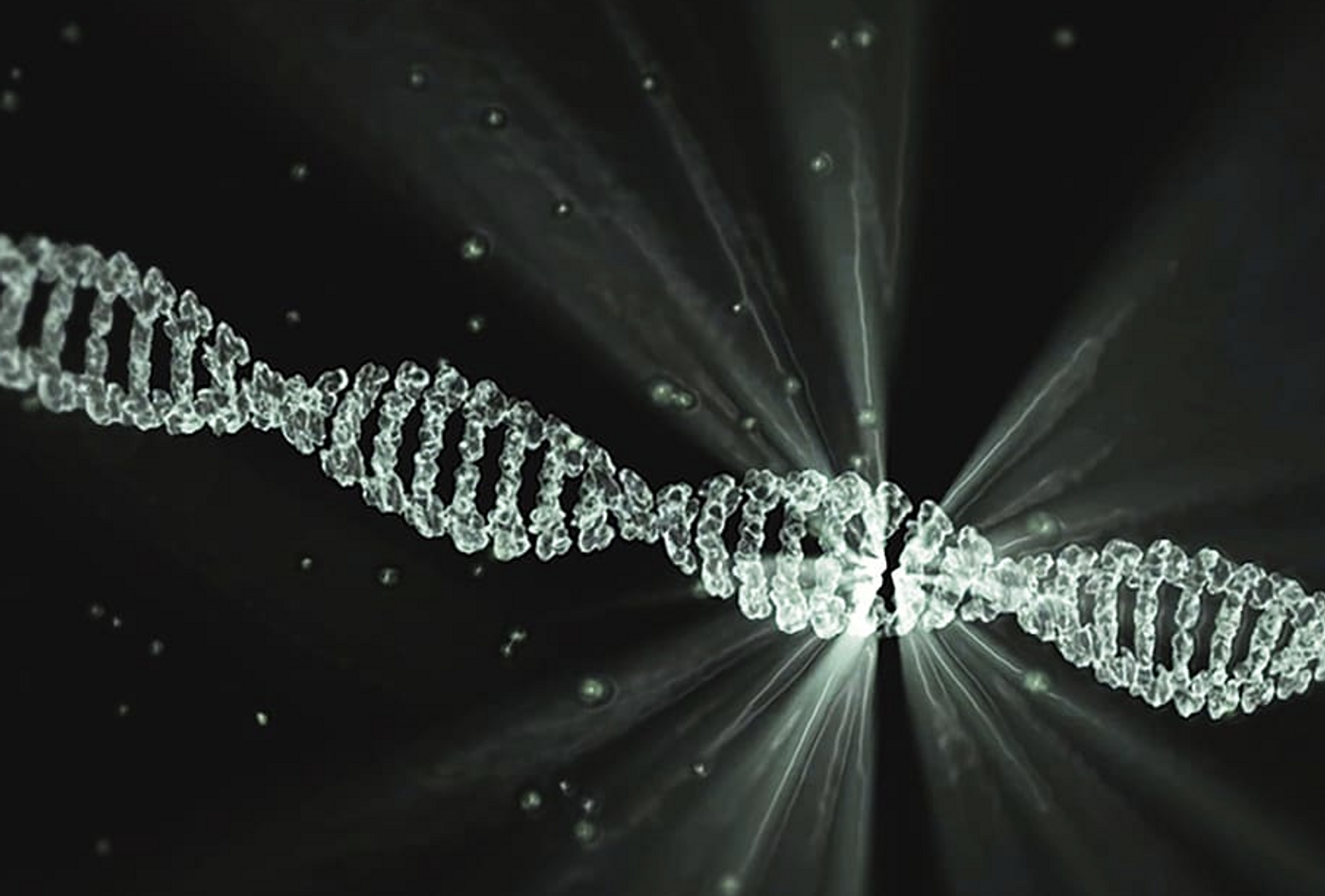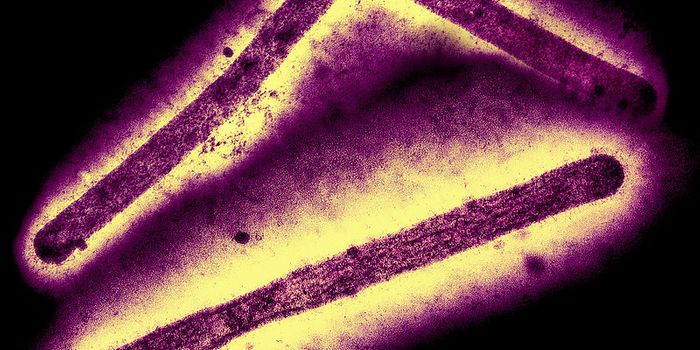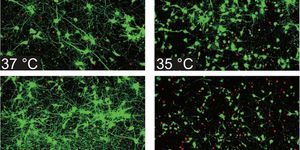Physical Forces Can Change How Genes Are Expressed
A new study has shown that physical forces cause cells to increase gene expression (explained in the video below), without needing any other influence. Less than a millisecond after a cell is stretched out, genes are activated, which will result in the production of proteins. This physical trigger can happen hundreds of times faster than a chemical signal can move, noted the study authors. After testing forces at levels that would be biologically relevant, like when breathing, exercising, or speaking happens, the expression of some genes was altered. The findings have been reported in Science Advances.
"We found that force can activate genes without intermediates, without enzymes or signaling molecules in the cytoplasm," said the research leader, University of Illinois mechanical science and engineering professor Ning Wang. "We also discovered why some genes can be activated by force and some cannot."
Previous studies have found that some genes are affected when cells are subjected to physical manipulations. This study is the first, however, to show that gene expression can be influenced solely by stretching cells. While this was already demonstrated with genes that had been inserted into the genomes of cells, this work showed that it happens to natural genes as well.
Histones are proteins that wind DNA up and compact it so that it will fit into the nucleus of the cell. This study showed that histones play a crucial role in how genes react to stretching forces. One type of histone, a class called histone H3, seems to stop gene expression in response to forces if a methyl group is attached to an amino acid at a site called lysine 9, in other words, if lysine 9 of histone H3 is methylated. This particular chemical modification is known as H3K9 methylation.
H3K9 methylation was found to be highest around the edges of the nucleus and lowest in the interior, so stretching has a greater impact on the genes in the interior. "The genes near the nuclear periphery cannot be activated even if you stretch them, whereas the genes that are close to the center can be activated by stretching," Wang said. "This is because the H3K9 histones at the periphery are highly methylated."
The scientists were able to manipulate the expression of genes that responded to force and could either raise or lower them by decreasing or increasing H3K9 methylation, respectively.
A measurement of how cells responded to forces showed that they were most responsive to frequencies between ten and twenty hertz. Typical natural forces experienced can range from 0.2 to hundreds of hertz. Cells get stiffer and enzymes that function in gene transcription stop binding to DNA at higher frequencies.
Wang noted that cells' reaction to force makes sense. "Cells must be able to respond quickly to things in their environment so they can survive," he said.
Sources: AAAS/Eurekalert! via University of Illinois at Urbana-Champaign, News Bureau, Science Advances









